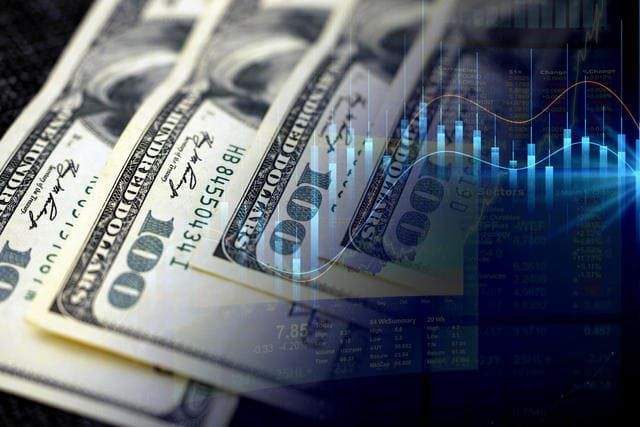US States With High Deposit Rates
In the US, the deposit rate is one of the key variables deciding the profit from bank deposits. Deposit rates might be different from one state to another. This article will take a gander at a portion of the states with higher deposit rates in the US and investigate the motivations behind why.

1. Utah
Utah is one of the states with higher deposit rates. This is mainly due to the state's highly competitive banking system, with banks offering higher interest rates to attract deposits. In addition, Utah's economy is relatively stable, which also provides banks with more deposit resources.
2. Michigan
Michigan is an important state in the Midwest region of the United States, and its deposit rates are relatively high. This is thanks to Michigan's diversified economy and strong financial sector. Michigan is home to many banks and credit unions that offer higher interest rates in a competitive effort to attract more deposits.
3. Texas
Texas is one of the largest states in the United States, and its deposit rates are higher. This is largely due to the state's economic dynamism and large financial sector. Texas is home to a number of large banks and financial institutions, and competition among them has driven deposit rates higher.
4. North Dakota
North Dakota is a state in the Midwest locale of the US, and its deposit rates are higher. This is chiefly because of the state's monetary design and plentiful assets like oil, gas and agribusiness. The blast in these businesses has furnished saves money with additional assets for deposits, which has pushed up deposit rates.
5. New Hampshire
New Hampshire is a state in the northeastern United States with relatively high interest rates on deposits. This is due to the state's well-developed financial industry and economic stability. New Hampshire is home to many banks and credit unions, and competition among them drives them to offer higher deposit rates.
It is vital to take note of that despite the fact that deposit rates in these states are generally high, the particular degree of loan fees actually relies upon the kind of deposit, the sum kept, and the bank's arrangements. What's more, deposit rates can also change over the long run, impacted by economic situations and national bank approaches. For customers, knowing the states with higher deposit rates can assist them with settling on additional educated monetary choices. States with higher deposit rates might offer more significant yields on investment accounts, expanding a singular's reserve funds pay. Subsequently, while picking a deposit account, buyers might consider keeping their assets in states or saves money with higher deposit rates. Purchasers ought to likewise know that deposit rates are by all accounts not the only thought. Different variables, for example, account expenses, nature of administration, Web banking abilities and client assistance, additionally should be considered.
In summary, deposit rates in the United States vary widely from state to state. Utah, Michigan, Texas, North Dakota and New Hampshire are some of the states with higher deposit rates. The higher deposit rates in these states are mainly due to the state's economic conditions, competitive environment and financial industry development. For consumers, knowing the deposit rates in these states can help them make more informed savings decisions. At the same time, consumers should also consider other factors, such as account fees and service quality, to choose the most suitable deposit account for them.


















